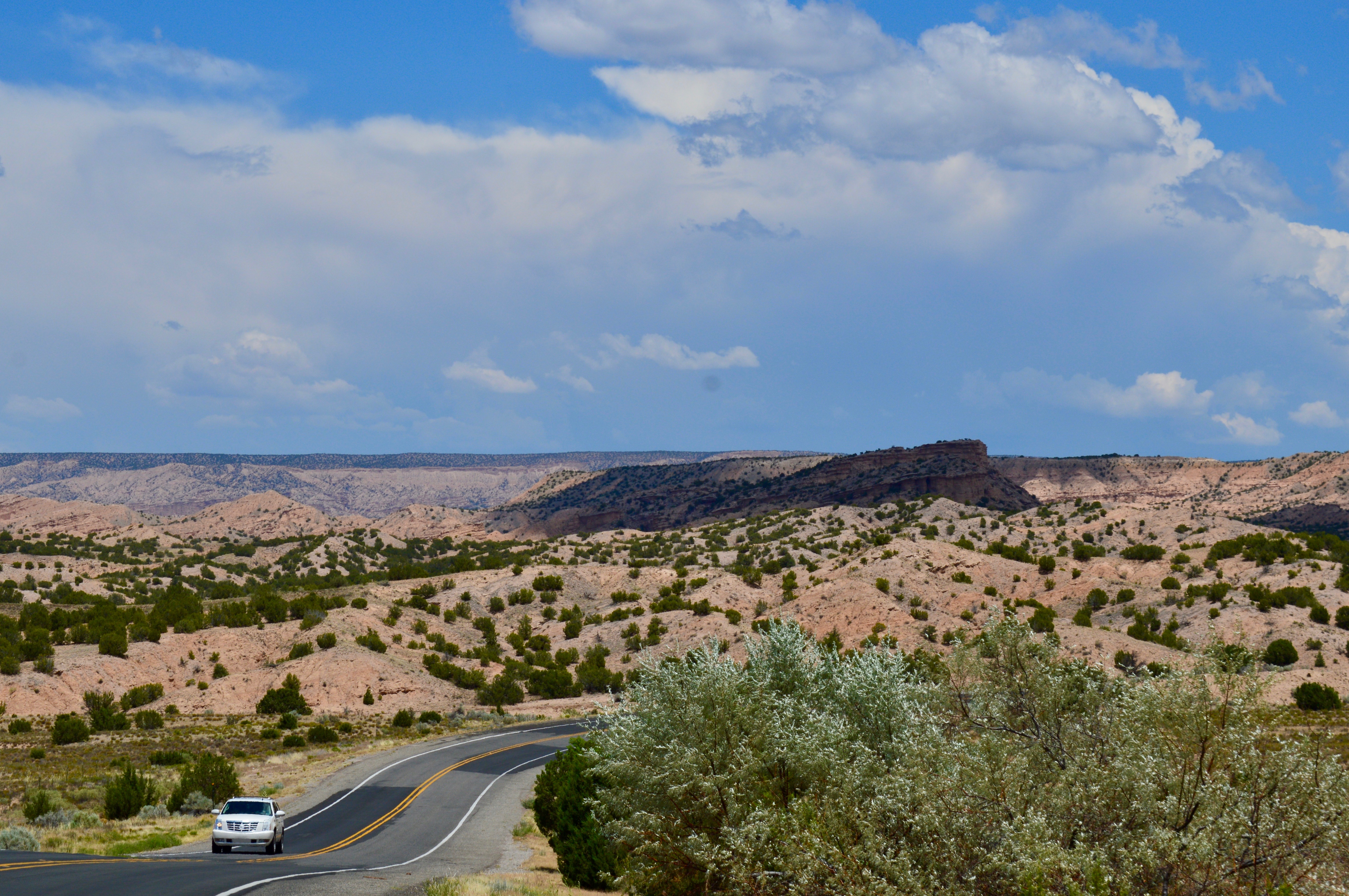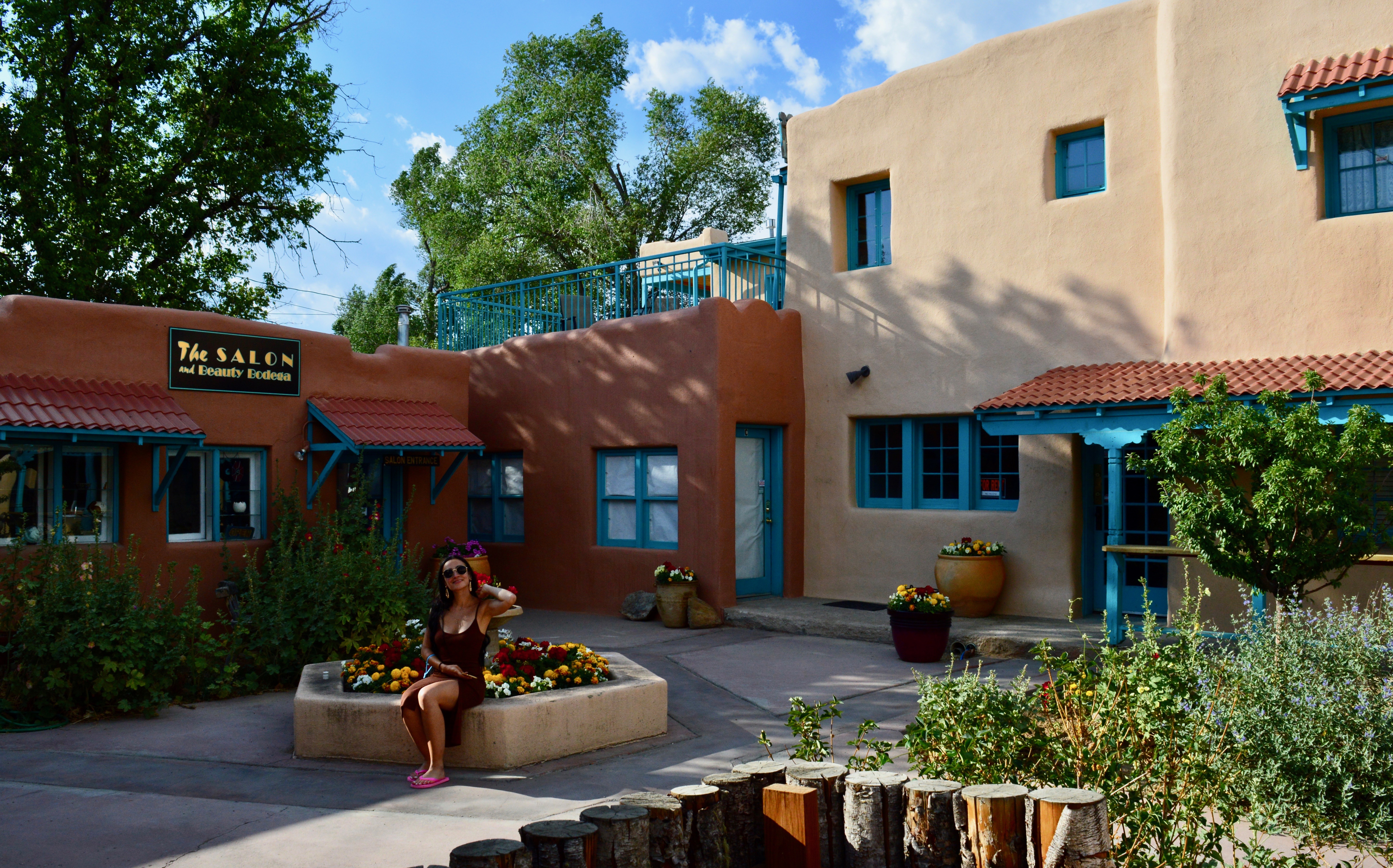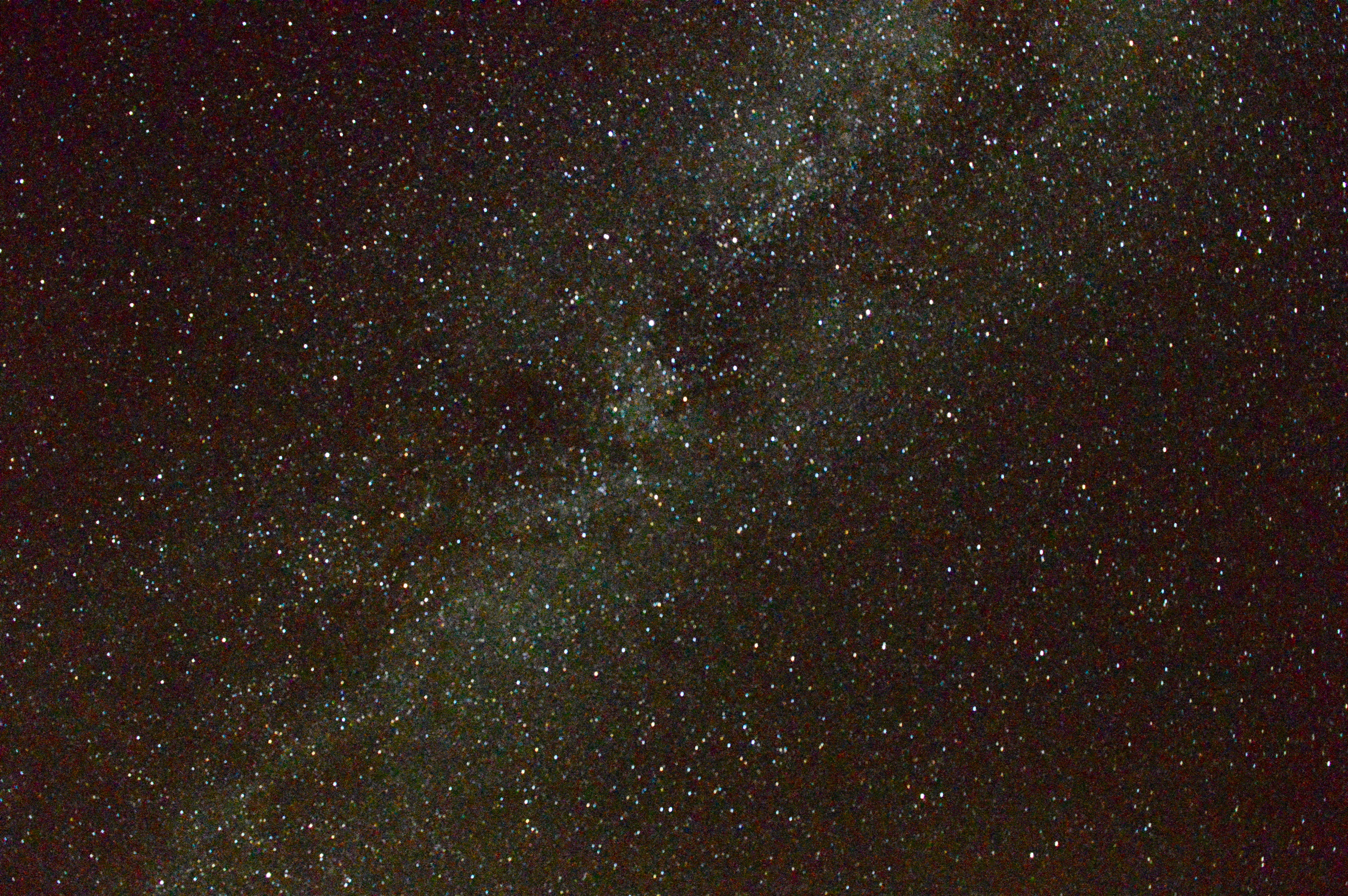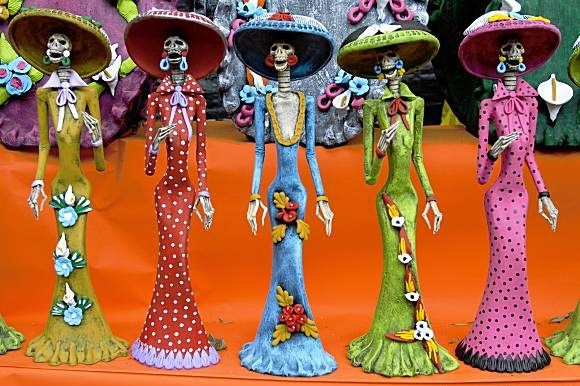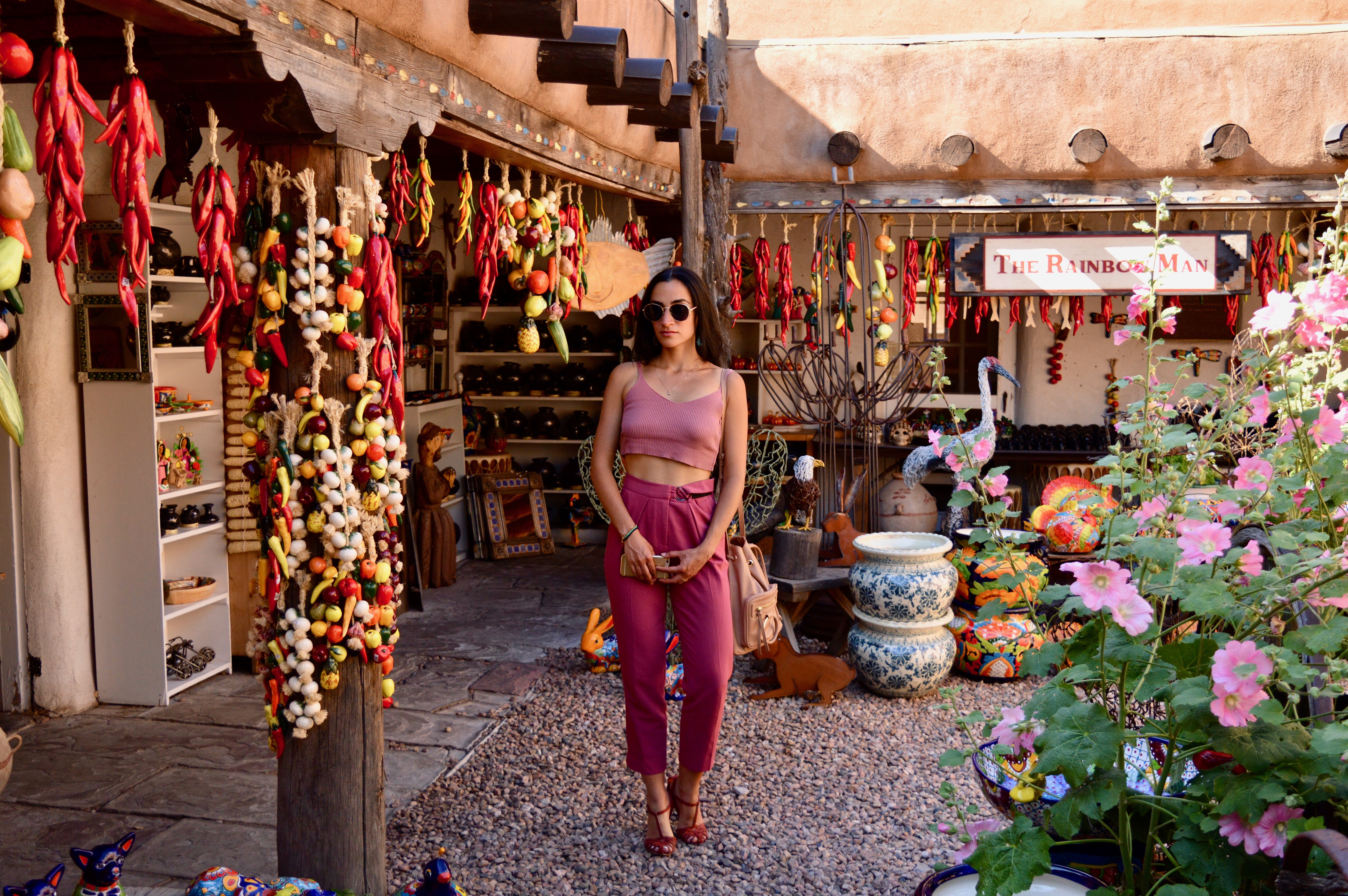Pour lire cet article en français, cliquez ici!
One of the greatest gifts of traveling, is the ability to open oneself to learning everything there is to know about the places visited. I always tell people, whenever the topic of travel is risen, that one of my biggest regrets, is not having seized (or taken) the opportunity to explore more of what all the amazing countries I’ve lived in had to offer.
I was born and raised in Senegal (Western Africa), but never really got out of the Capital, Dakar. – How sad?! The African continent is so rich, so diverse, there is so much to see, so much to learn! – Then I moved to Lyon (France) at 16; I would frequently go to Paris and Annecy to visit family, but then again, there is so much more to this country than the mere three cities I’ve had the chance to look in on. The history, the cultural heritage and the beauty of France are immeasurable and I wish I had immersed myself more into it.
Then I moved to London (UK) for a year during my studies and never got out of town. My dumb excuse for that? I wanted to keep my money to purchase clothes. Well, London is hands down the world’s greatest city for shopping so maybe I can get a pass for that? I’m still waiting for Primark, River Island and New Look to open stores in Montreal.
Then Barcelona. Alright, I actually have a great reason for not having explored Spain more while I stayed in Barcelona, but I still wish I had seen more of what the country has to offer: I was there for five months, was the happiest I had ever, ever been and didn’t want to waste one second of potentially not feeling that great in another city. So I stayed in Barcelona and grasped every little thing this unforgettable town had to offer. Everything.
Then I moved to Canada, where I guess I grew more mature and finally opened myself to new things, besides fashion and beauty, ha! 🙂
And here we are, four years later… Phew!
Last July, my husband and I went on an exceptional road trip from Montreal to the Southwestern U.S. (which will be the topic of another post) and I wanted to share with you some of the interesting things I’ve learned along the way.
-
The Pueblos
The word “pueblo” was frequently mentioned in all things Santa Fe related: either as places to visit, or to describe an architectural style in travel guides or brochures.
Having studied Spanish for a couple years, I thought the word “pueblo” only meant a “village” but I have found that in the Southwest, it actually refers to Native American villages along the Rio Grande, in the Northern part of New Mexico.
There are a total of eight pueblos in Santa Fe: Tesuque, Taos, Pojoaque, Nambé, Santa Clara, San Ildefonso, Picuris and Ohkay. And we passed by all of them on the scenic “High Road Taos”, that links Santa Fe to the absolutely charming Taos pueblo. -
Santa Fe’s Starred Sky
Props to my husband for being able to capture this on camera, which is really hard to do.
Before getting to Santa Fe, I was told that the night sky there was exceptionally starred all year-round. And to be honest, I was skeptical at first. I mean, I’d already seen gorgeous night skies after all, so there was nothing to be so excited about, I thought, not knowing how intense it actually was. We camped at a Koa campground in Santa Fe and spent every single one of our three nights there gazing at the splendid sky, marveling at the magic of the countless shooting stars, the Milky Way and the constellations.
But another thing struck me, that I found rather unusual for such a touristic city as Santa Fe: at night, when we strolled around the plaza, the outdoor lights were subdued, with some streets even being barely illuminated.
I later researched, to try to understand what made the sky in Santa Fe so incredible and found that there is a law, The Night Sky Protection Act, that regulates New Mexico’s night lights to preserve the State’s dark sky and protect it agains light pollution. The act requires that outdoor lighting be fitted with shielding that directs light downward, the bulbs’ intensity have to be low, and light should be present only where deemed necessary. That explains why the sky is starred: there is no light pollution! If this isn’t incredible to you, I don’t know what would be. -
La Calavera Catrina
Image credits: Google
I must start by saying that one of the things that struck me hard and that I absolutely adored seeing in Santa Fe and San Diego, was how present the Mexican culture was in both towns (as I’m sure it also is in many other Southwestern cities.)Everywhere in Santa Fe, and in some souvenir shops of Old Town San Diego, I’d come across figurines of skeletons wearing big hats and long dresses. “Strange”, I thought; “There has to be a meaning behind it”. So I asked the vendor of a market in Santa Fe, and she explained: La Calavera Catrina, which translates to “the elegant skeleton”, originally is a zinc etching representing the bust of a female skeleton wearing a chic and large hat. The caricature was inspired by European fashion and pre-hispanic Indigenous traditions, such as the cult of the Aztec Goddess of the dead, for instance. La Calavera Catrina was created by Mexican cartoon illustrator José Posada, who wanted to show that people were all equal in front death, regardless of social class differences. He also meant to criticize openly Indigenous women who used to deny their origins by copying European fashion, wearing heavy makeup to appear light-skinned, and adopting European behaviors; all in an attempt to make people think they had climbed the social ladder. This caricature was later used by Rivera, who added to the skeleton a body wrapped in a sumptuous dress. La Calavera Catrina has become the symbol of the day of the Dead in Mexico.
Every time we go on vacation, we always buy souvenirs that we truly love and I must say that my biggest regret was not purchasing one of these figurines in Santa Fe.
-
Chile Ristras
Okay, so I was clearly marked by my time in Santa Fe, because I have yet another thing to say about The City Different. It is not unusual to see long grapes of red chilis, called “Chile Ristras”, hanging in front of shops, home windows, or abounding in markets, which I thought was funny but sensed it had a more profound meaning. After digging a little deeper, I have found that Ristras were believed to bring luck and good health. They’re obviously also used to cook! -
Route 66
The “Mother Road” was the name given by author John Steinbeck to the historic Route 66 in his book The Grapes Of Wrath. It is a must-drive when on a road trip to the Western U.S. The road was built in 1926, but was made famous during the Great Depression, when farmers from the Midwest followed it to flee the Dust Bowl (severe drought and dust storms that struck in the Midwest, which damaged agriculture) and move to California. (The book “The Grapes Of Wrath” tells this story.)The historic Route 66 went from Chicago to Los Angeles, passing by small towns and villages. After World War II, Americans grew more adventurous and got behind their wheel to travel across the country, following the Route 66, which made the towns and villages the road crossed prosperous.When the government built Interstate Highways that bypassed the Mother Road, most of the businesses that had opened along the road and lived off of tourism closed. Today, when you drive along Route 66, it is absolutely unbelievable to see how many homes are abandoned, how many shops, diners, motels and gas stations are completely run down.One of the scenic roads that was mentioned in our travel guide was the High Road To Taos, a marvelous drive, according to the book, that linked Santa Fe to gorgeous Taos, passing by beautiful pueblos, astonishing scenery, a fall, Natives art galleries and many other attractions that looked really interesting on paper, so we decided to spend an afternoon on the High Road To Taos. The beginning of the road was, as the guide mentioned, absolutely dreamy. Nambé Falls were jaw-dropping, the scenery looked splendid… and at one point, the only landscapes along the way were what looked like deserted towns or villages and abandoned homes and businesses. It lasted for a good hour, maybe more. We were so discouraged, we started kicking ourselves about wasting an entire afternoon of our short stay in Santa Fe, doing what we felt at the moment, took all the magic out of our vacation. When we got back to our campground, we talked about our afternoon with the camp host and she told us that it was Route 66 and almost everything on the road was abandoned. We had just witnessed History unfold right before our eyes and that was priceless. -
The Million Dollar Highway
One of the most spectacular scenic roads in the U.S., linking two mining towns, Ouray and Silverton. It was named this way because of the millions of dollars that were made with the extraction of precious minerals from the mountains surrounding it. -
Grand Canyon
40 Layers of rocks make up the Grand Canyon, giving it its superb colors. -
Kellogg’s
Kellogg’s is not just a cereal brand, but it’s also the name of a town in Iowa!
